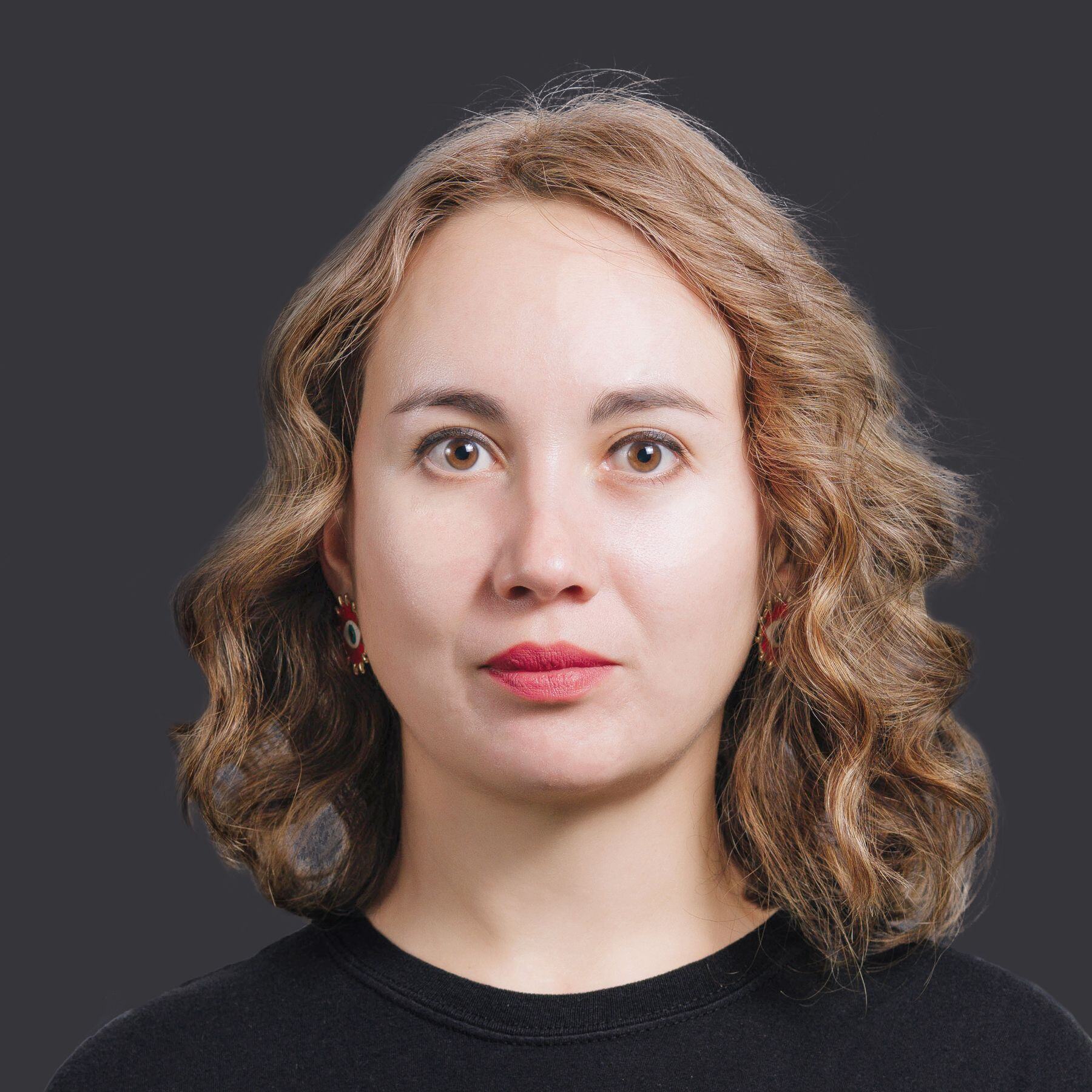The true cost of poor print coverage: what every brand should know
When it comes to packaging design, many brands focus on aesthetics, deadlines, and approvals — but often overlook one critical factor: print coverage...
2 min read
 Ekaterina Skalatskaia
:
September 15, 2025 at 9:00 AM
Ekaterina Skalatskaia
:
September 15, 2025 at 9:00 AM

Printing may seem like just one step in packaging production, but for food and beverage brands, it’s one of the most critical stages. A misprint, an overuse of ink, or a compliance error can lead to costly reprints, delayed launches, or regulatory headaches. Fortunately, with the right practices, monitoring, and software tools, you can optimize the printing process, reduce costs, maintain quality, and stay compliant with European regulations.
Printing isn’t just about making packaging look good—it’s about cost, quality, sustainability, and brand perception.
Common pitfalls include:
Overuse of ink or coatings, increasing material costs
Color inconsistencies across production batches
Misalignment or registration errors leading to reprints
Non-compliance with food contact regulations
By understanding the process and integrating smart tools, brands can avoid these mistakes and gain competitive advantages.
Not all inks are created equal. The choice depends on:
Material: Cardboard, plastic, glass, or metal substrates all absorb and reflect inks differently.
Print method: Offset, flexography, gravure, and digital printing each have unique requirements for ink viscosity and density.
Coatings and finishes: Varnishes, spot UV, and lamination protect packaging and enhance visual appeal but add cost and complexity.
💡 Tip: Selecting the right ink for the substrate and print method can reduce costs by 10–20% while preventing production delays and defects.
Turn Artwork Challenges into Efficiency Wins
See how Cway streamlines collaboration and keeps projects on track. Get your free consultation now!
Excessive ink isn’t just wasteful—it can create:
Smudging or bleeding
Longer drying times
Material waste and higher energy use
Tools like print coverage calculation software let teams monitor ink usage digitally, ensuring precise application and reducing unnecessary over-inking. For designers, this means they can maintain vibrant colors and quality without overspending.
Ensuring consistent, high-quality prints requires checks before, during, and after production:
Pre-press: Optimize files, verify resolution, and check spot colors.
Inline: Monitor color accuracy, registration, and coating application.
Post-press: Inspect samples, measure coverage, and ensure alignment.
💡 Software can centralize these checks, store records, and alert teams to deviations before costly errors occur.
Food and beverage packaging is heavily regulated in Europe. Key rules include:
Food Contact Materials (FCM)
EC 1935/2004: Materials must not transfer harmful substances or alter food composition.
EU 10/2011: Limits migration of substances from inks, coatings, and plastics.
Chemical Safety
REACH (EC 1907/2006): Ensures inks and coatings are registered and safe.
CLP (EC 1272/2008): Requires proper labeling and hazard communication.
Industry Standards
ISO 12647: Process control for consistent printing results.
Sustainable certifications like FSC or PEFC may affect substrate and ink choice.
💡 Tip: Keep compliance records digital and linked to each SKU for smooth audits and faster regulatory approvals.
Printing costs can be significantly reduced by:
Centralized workflow management: Keep all approvals, revisions, and feedback in one platform to prevent errors and reprints.
Batch planning: Group SKUs with similar colors or coatings to minimize changeovers and cleaning times.
Ink and coating optimization: Use tools to calculate and track coverage, avoiding waste.
Sustainability integration: Reduce energy, material, and chemical use while maintaining high-quality prints.
A European beverage brand reduced ink usage by 15% using print coverage calculation software.
A snack manufacturer cut reprints by 20% after centralizing artwork approvals online.
A multinational personal care company avoided costly misprints across hundreds of SKUs by standardizing color profiles and production specs.
These examples show how software, planning, and smart monitoring can deliver tangible cost savings while improving brand consistency.
Consider print requirements during the design phase to avoid late-stage changes.
Standardize color profiles, ink coverage, and file formats across SKUs.
Use software tools to monitor ink and coating usage.
Track regulatory compliance for every product.
Evaluate substrate, print method, and coating options for cost and sustainability.
Printing for food and beverage packaging in Europe is complex but manageable. By combining smart software tools, process optimization, and regulatory knowledge, brands can:
Reduce printing costs
Improve quality and brand consistency
Stay fully compliant with European regulations
Support sustainability goals
In a competitive market, every print counts, and the right approach can make the difference between a smooth launch and costly delays.

When it comes to packaging design, many brands focus on aesthetics, deadlines, and approvals — but often overlook one critical factor: print coverage...

For brands managing packaging, printing is one of the largest operational costs — and yet it’s often treated as a fixed expense rather than an area...

The prepress process plays a critical role in ensuring high-quality packaging production. But with multiple stakeholders involved — including...